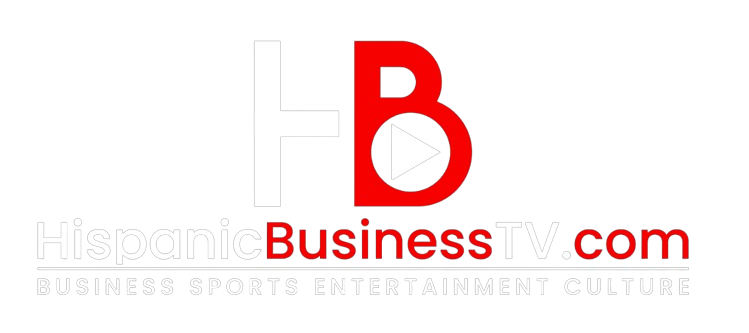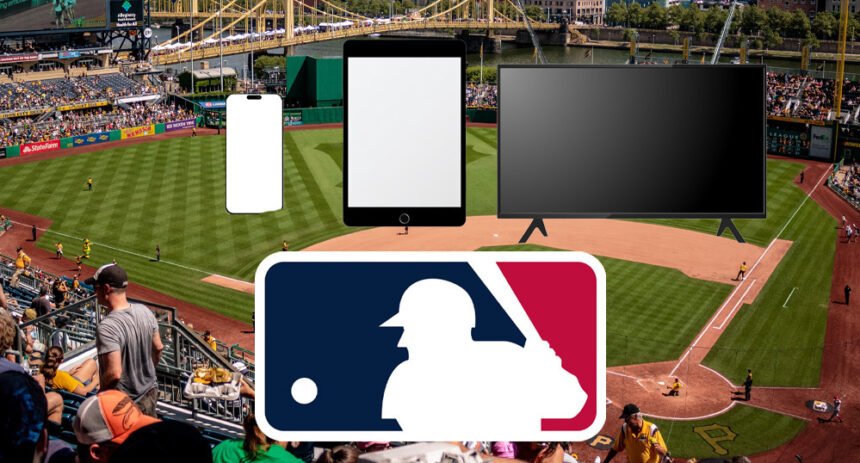Pitchers and catchers report for 20 MLB teams on Wednesday, so that is why many turn to baseball. But that sport’s broadcasting landscape has changed dramatically over the past few years, especially on the local front. Many teams have moved away from regional sports networks to various combinations of over-the-air and streaming broadcasts. We’ve also seen changes in national MLB broadcasting, which can make for a confusing setup.
But we’re here to help. The following is a breakdown of how to watch your preferred team’s games, starting with their local broadcasts and then getting to the national ones. (Control-F for the team name if you want to skip to their information.)
What if I don’t live in my team’s designated home territory?
The out-of-market side has maybe the easiest and least-changed options for local games, albeit far from the cheapest. On the streaming side, you will need either a full MLB.tv subscription (currently $149.99 for a year or $29.99 a month) or a team-specific one (currently $129.99 a year).
If you have a traditional cable or satellite package or a virtual MVPD like YouTube TV that offers MLB Extra Innings (these include Cox, DirecTV, Dish, Fubo, Optimum, Sling, Spectrum, Verizon, and Xfinity, plus many smaller providers), you can get out-of-market games that way at an added cost, which varies by provider.
It’s worth remembering that there are often free promos for MLB.tv through corporate partners such as T-Mobile. But remember that both MLB.tv and MLB Extra Innings are out-of-market packages, not a way to get games if you live in the team’s designated home territory, where the out-of-market packages remain blacked out. And those territories are often far larger than you might expect and much larger than those held by teams in other sports. You can see which teams are out-of-market blocked in a particular zip code here.
I live in my team’s territory, and they’re still with a FanDuel Sports Network RSN.
The good news is that these networks are available through MVPDs (cable, satellite, or virtual) and over-the-top streaming services. Fans of the nine teams in this situation (the Braves, Tigers, Royals, Angels, Marlins, Brewers, Cardinals, Rays, and Reds) can either get these games through an MVPD package that offers the network in your area or through the FanDuel Sports Networks website/app. Some of these are also available as add-ons through Amazon’s Prime Video.
DirecTV Stream and Fubo are the vMVPDs to consider if you need a FanDuel Sports Network channel. DirecTV’s new MySports skinny bundle is set to include them and other RSNs as add-ons later this year. These are also available through many traditional cable and satellite providers.
Prices for these networks through an MVPD depend on the package in question and the channel’s tier. Luckily, these networks are now available as over-the-top streaming services, removing the previously problematic situation where fans had no legal way to watch some in-market games. Prices for these streamers are typically set at $19.99 per month but may come down.
I live in my team’s territory, and MLB now holds their rights.
Each of the five MLB-held teams (the Guardians, Twins, Rockies, Padres, and Diamondbacks) has a unique linear broadcasting setup, but they all offer a streaming option, generally for $99.99 a year or $19.99 a month. The options can be found on the teams’ websites.
These MLB-produced local games will also be available through traditional pay TV packages in the local markets. MLB began distributing the Padres and Diamondbacks in 2023 and added the Rockies last season. Details on the channel the two new teams will air will be announced closer to Opening Day.
I live in my team’s territory, and their rights have gone to a new, non-MLB option.
This covers the Rangers and White Sox in particular. The former team just launched its own Rangers Sports Network. It will air 15 games over the air on local affiliates, with the remaining games available through deals with cable and satellite providers. They also have their own $99.99-a-year streaming option through Victory+, which deals with several NHL teams for free streaming but operates the Rangers’ streaming platform as a paid subscription.
The White Sox are moving to Chicago Sports Network this year following that network’s fall launch (and the related closure of NBC Sports Chicago). They currently have MVPD deals with DirecTV, Astound Broadband, and FuboTV but don’t have deals with other big distributors, including Comcast and YouTube TV. They have an over-the-top option for $19.99 a month for one team or $29.99 for all of the White Sox, Bulls, and Blackhawks.
I live in my team’s territory, and their rights remain on another RSN with an OTT option.
This covers the Red Sox (NESN), Yankees (YES), and Cubs (Marquee). These games will generally continue to be in the MVPD packages they’ve been in, but they’re also available directly to consumers. The Cubs’ Marquee costs $19.99 a month, the Yankees’ YES costs $24.99 a month (or $41.99 if bundled with MSG through the Gotham Sports App), and the Red Sox’s NESN 360 costs $29.99 a month.
The Yankees deserve a side note for their Prime Video deal. Since 2021, they’ve broadcast around 21 games annually on the Amazon-owned streaming service, but only in their local market. This continues to annoy many, including radio hosts.
I live in my team’s territory, and their rights remain on an NBC Sports RSN.
This covers the Phillies, Giants, and A’s. These networks (NBC Sports Philadelphia, NBC Sports Bay Area, and NBC Sports California, respectively) remain available through traditional pay-TVV providers or DirecTV Stream, Fubo, and YouTube TV on the virtual side. They are not currently available as standalone streaming services.
I live in my team’s territory, and their rights remain on another RSN without an OTT option.
This covers seven of the remaining eight teams: the Mets, Orioles, Nationals, Pirates, Astros, Dodgers, and Mariners. (The Blue Jays would sort of count here, but they’re worth their own section later, thanks to Canadian quirks.) Linearly, these teams will continue to be on the same RSNs they’ve been on.
Some changes have occurred to those networks in the years before this offseason. Those include the Astros taking over AT&T Sportsnet Southwest with the Rockets and rebranding it Space City Home Network in 2023, the Nationals’ network changing ownership and name from NBC Sports Washington to Monumental Sports Network in 2023, and the Pirates’ network changing from AT&T SportsNet Pittsburgh to SportsNet Pittsburgh ahead of the 2024 season, with them also getting an equity stake there then. But there are no changes from 2024 in this group.
My team is the Blue Jays.
As with many other things, we get to Canada late. The Blue Jays’ “local” TV deal is the strangest out there, as they don’t actually have a local deal; they have a national deal with Sportsnet, whose parent corporation (Rogers) also owns the team. So their games can be watched across Canada through MVPD packages containing Sportsnet or OTT with Sportsnet Now, which costs $24.99 Canadian per month. However, if you’re in the U.S., you’ll need MLB.tv, as Sportsnet Now is only available in Canada.
What about the national games?
National MLB broadcasters for 2025 include ESPN, Fox, FS1, MLB Network, TBS/truTV, Apple TV+, and The Roku Channel. The Roku Channel’s MLB Sunday Leadoff package streams for free. Broadcast Fox is available for free with an antenna but needs an MVPD package otherwise. MLBN is available OTT for $6.99 a month but with some restrictions on what games are included there.
The Apple TV+ package costs $9.99 a month, while the TBS/truTV games are included in Max (starting at $9.99 a month) with the B/R Sports add-on (currently free, set to go to $9.99 a month itself at some point). ESPN and FS1 are not currently available OTT (thanks to Venu going down), but ESPN is expected to be this fall when they launch Flagship. Fox also says they have a streaming service in the works.
Thus, if you care particularly about your team’s games that are set for national broadcasts, you may need an MVPD package or several of these OTT subscriptions in addition to your plan for watching the locally broadcast games. The importance of this depends on how many nationally broadcast games your team has, though.
Got all that? It’s a lot. But the above rubric should hopefully help you figure out what you need to watch any particular MLB team’s games in 2025. And this may get much simpler down the road, with MLB reportedly trying to nationalize their rights deals by 2028. That would remove the in-market/out-of-market divide (similar to the national-only deal in Canada) and simplify this. We’ll see if they get there.










